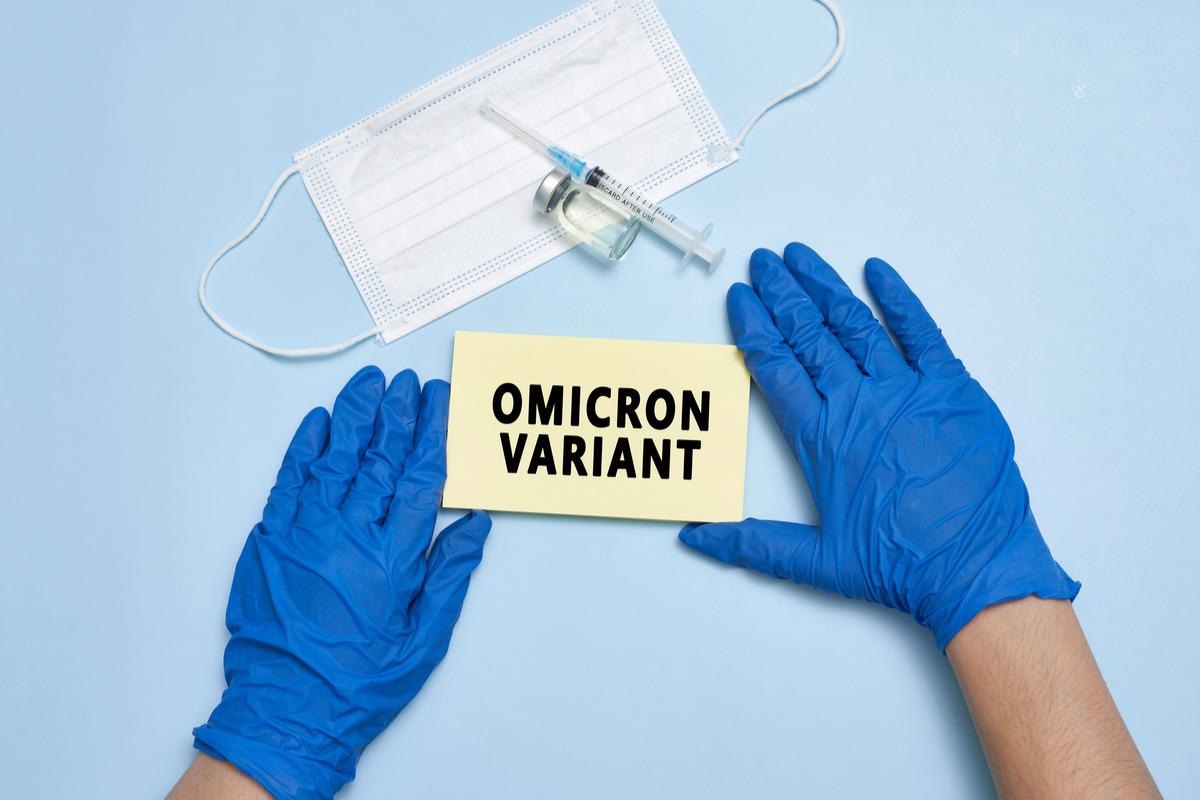They also analyzed the change in the epidemiological scenario in the fourth wave of the coronavirus disease 2019 (COVID-19) pandemic in the Gauteng province of South Africa.

Study: Population Immunity and Covid-19 Severity with Omicron Variant in South Africa. Image Credit: G.Tbov/Shutterstock
Ever since it emerged on 25 November 2021 in South Africa, the highly mutated Omicron VOC has caused considerable mortality across the world. The presence of more than 32 mutations in the spike (S) protein, three mutations in the membrane (M) protein, and six mutations in the nucleocapsid (N) protein of Omicron have conferred an enhanced capacity for evasion of neutralizing effects of host immunoglobulin-G (IgG).
Previous studies reported the epidemiological trends associated with earlier VOCs such as the Beta and Delta variants in South Africa. The present study is a follow-up study to add to the findings by epidemiological assessment of the fourth, Omicron-dominant COVID-19 wave.
About the study
This survey was conducted between 22 October 2021 and 9 December 2021 to assess fourth wave epidemiology and determine the seropositivity against the S and N proteins of the Omicron VOC in Gauteng residents.
Data of positive cases, hospital admissions, and deaths from the beginning of COVID-19 to 12 January 2022 were obtained from the daily hospital surveillance (DATCOV) database, South African Medical Research Council, and South African National Institute for Communicable Diseases using an electronic questionnaire method. In consideration of sample size attrition due to death or migration of people to other countries, household contacts who participated in a similar survey conducted between November 2020 and January 2021 were included in the study.
For the determination of seropositivity, blood was collected from the participants after obtaining ethical and informed consent. The blood samples were examined for the presence of anti-spike and anti-nucleocapsid IgG antibodies using serological assays.
Results and discussion
A total of 7,948 individuals filled out the questionnaire. However, only 7,010 samples were analyzed after excluding duplicate and inadequate samples. Only 18.8% of these 7,010 participants were vaccinated.
Overall, 73.1% seropositivity was observed, of which the seroprevalence rates were higher in vaccinated (93.1%) compared to unvaccinated individuals (68.4%). Adults aged 50 years or above were more seropositive (79.7%) than children below 12 years (56.2%). The seroprevalence was heterogeneous among districts, with the highest values in Johannesburg (76.2%). Males, smokers, and unvaccinated individuals aged above 50 years without prior history of SARS-CoV-2 infections residing in informal communities were most susceptible to COVID-19.
Before the Omicron wave, 36% and 20% of Gauteng residents were single and double vaccinated, respectively, by 25 November 2021. In contrast to earlier COVID-19 waves, significantly high incidence (2,26,932 cases) was noted with the Omicron wave, whereas the degree of severity, in terms of the hospitalizations (11.2%) and deaths (7.2%), was lower. There was a rapid rise in Omicron-induced cases that peaked in a month, compared to the two-month peak during the third wave. The Omicron-dominant wave neared its end close to 12 January 2022.
The high seropositivity rates observed before the emergence of the Omicron VOC could be due to the cumulative effect of the development of robust natural active humoral responses and long-term T-cell mediated immunity developed in response to previous COVID-19 infection, and natural passive immunity acquired through vaccines.
Higher SARS-CoV-2 incidence but lower severity observed in the fourth COVID-19 wave of the pandemic could be due to higher viral transmissibility and immune evasive properties but lower potency of the genetically mutated Omicron VOC against SARS-CoV-2 neutralizing antibodies, especially anti-S IgG.
Conclusion
To summarize, high seroprevalence was noted in the 18-50-year-old female, vaccinated, Gauteng population residing in standalone homes who did not practice smoking habits, probably due to hybrid immunity developed in response to previous COVID-19 infections and vaccine administration.
Although the presence of anti-N IgG antibodies in serum positively indicated current infection, anti-S IgG antibodies must be used in serological assays to determine whether an individual has been diagnosed with COVID-19 previously.
While the novel Omicron variant was more transmissible than other VOCs such as the Beta and Delta, it caused less severe disease reflected by a drastic decrease in SARS-CoV-2-associated morbidity and mortality in the fourth Omicron-dominant COVID-19 wave.